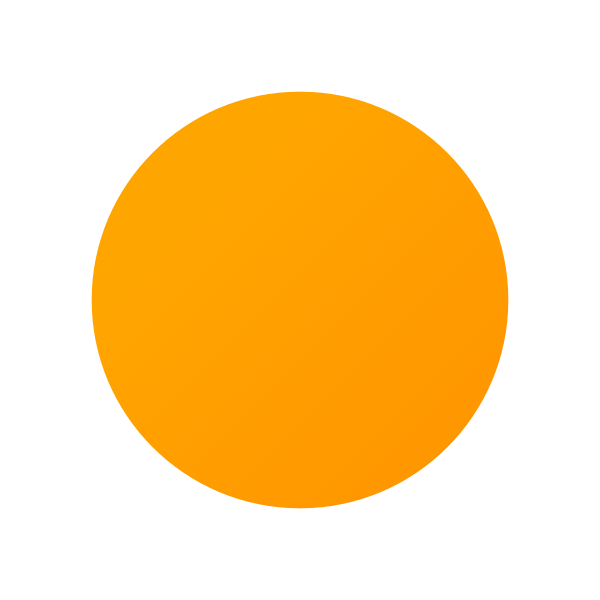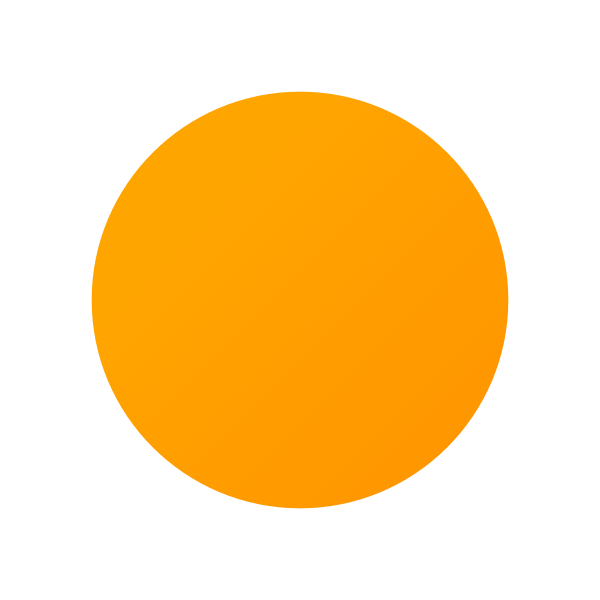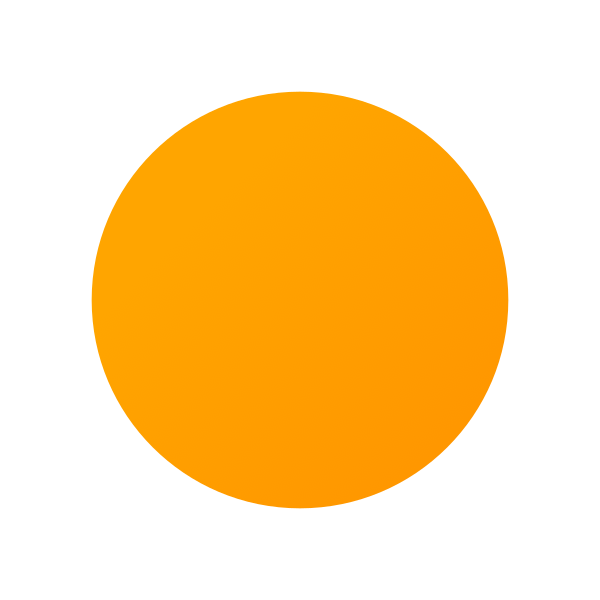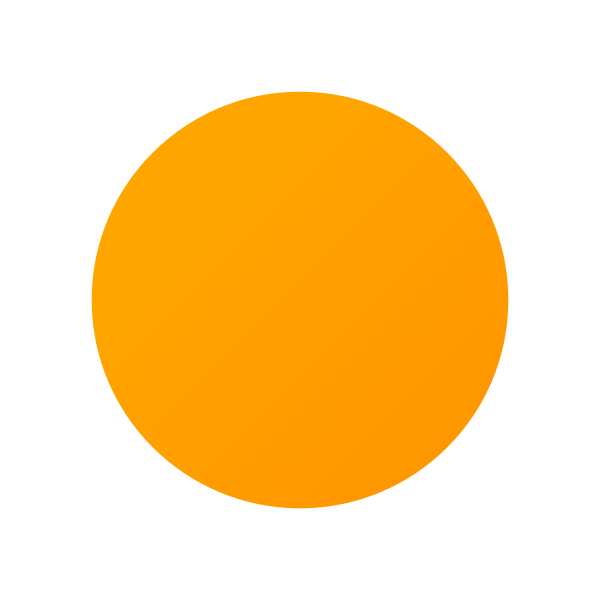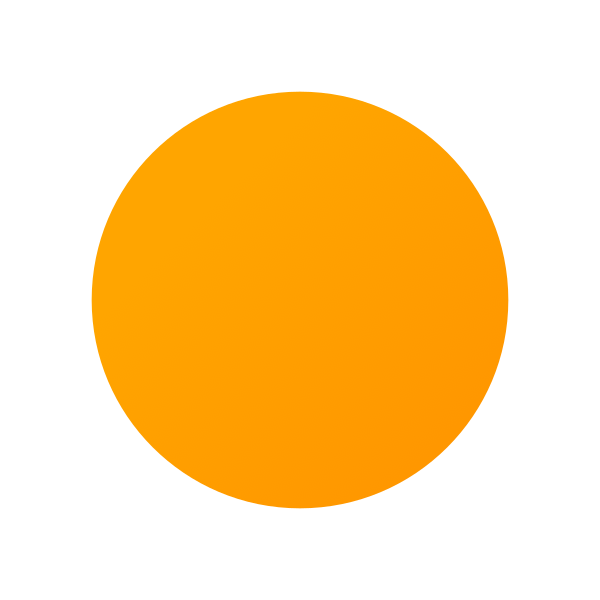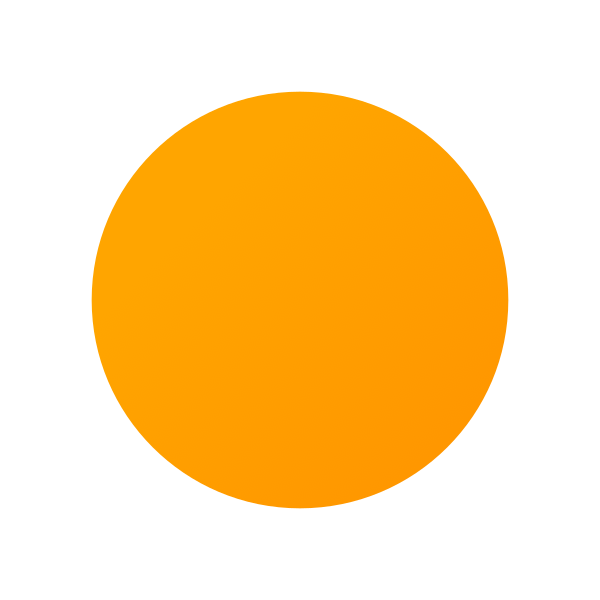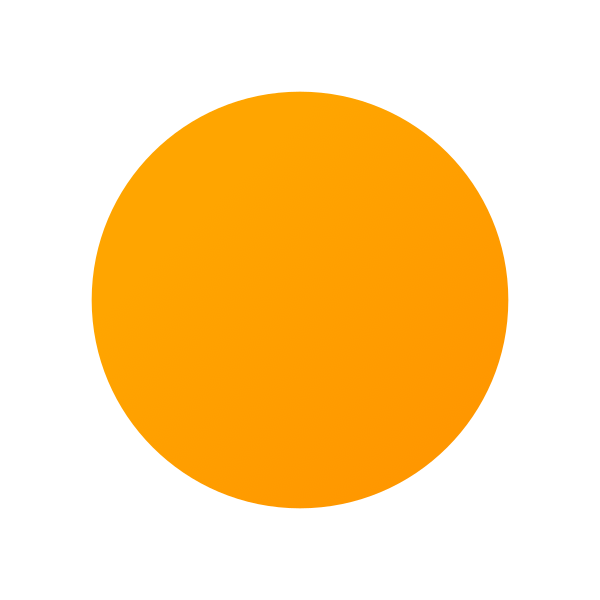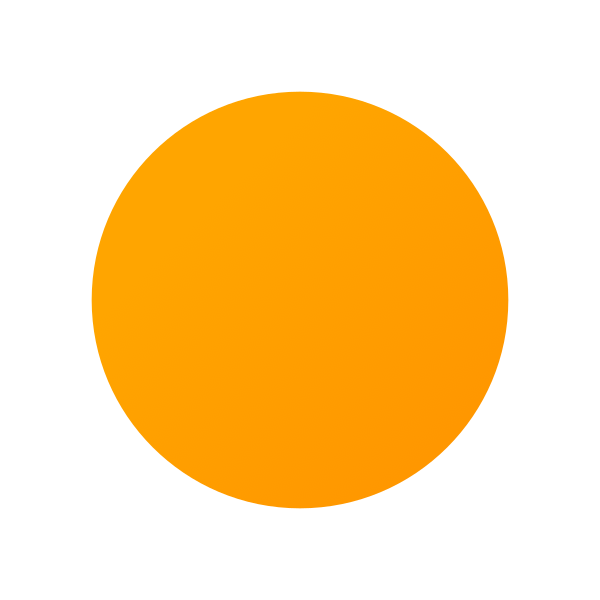Horizon Glow is your gateway to fascinating facts about our nearest star. Discover the sun's secrets, from its fiery core to its mesmerizing sunsets.
825 Verified 5-star reviews
Fascinating Insights
"Horizon Glow's collection of sun facts is truly enlightening. I've learned so much about our star's influence on Earth and beyond."
Solar Enthusiast, Age 35
Beautiful Imagery
"The sunset photos on Horizon Glow are breathtaking. They perfectly capture the sun's beauty and inspire me to watch more sunsets."
Nature Lover, Age 42
Educational Resource
"As a teacher, I find Horizon Glow's sun facts invaluable for my science classes. It makes learning about our solar system fun and engaging."
Educator, Age 51
Daily Dose of Wonder
"I visit Horizon Glow every day for my sun fact fix. It's amazing how much there is to learn about something we see every day."
Curious Mind, Age 28
Photography Inspiration
"The sun information on Horizon Glow has helped me understand light better, improving my sunset photography skills. It's a fantastic resource."
Amateur Photographer, Age 39
Astronomical Insights
"Horizon Glow's detailed explanations of solar phenomena have deepened my appreciation for astronomy. It's my go-to site for sun-related questions."
Astronomy Buff, Age 45
Poetic Science
"The way Horizon Glow combines scientific facts with the poetic beauty of sunsets is truly unique. It's both informative and inspiring."
Writer, Age 33
Fascinating Insights
"Horizon Glow's collection of sun facts is truly enlightening. I've learned so much about our star's influence on Earth and beyond."
Solar Enthusiast, Age 35
Beautiful Imagery
"The sunset photos on Horizon Glow are breathtaking. They perfectly capture the sun's beauty and inspire me to watch more sunsets."
Nature Lover, Age 42
Educational Resource
"As a teacher, I find Horizon Glow's sun facts invaluable for my science classes. It makes learning about our solar system fun and engaging."
Educator, Age 51
Daily Dose of Wonder
"I visit Horizon Glow every day for my sun fact fix. It's amazing how much there is to learn about something we see every day."
Curious Mind, Age 28
Photography Inspiration
"The sun information on Horizon Glow has helped me understand light better, improving my sunset photography skills. It's a fantastic resource."
Amateur Photographer, Age 39
Astronomical Insights
"Horizon Glow's detailed explanations of solar phenomena have deepened my appreciation for astronomy. It's my go-to site for sun-related questions."
Astronomy Buff, Age 45
Poetic Science
"The way Horizon Glow combines scientific facts with the poetic beauty of sunsets is truly unique. It's both informative and inspiring."
Writer, Age 33
Uncover the Mysteries of Our Star
Every day, the sun amazes us with its power and beauty. Delve into the fascinating world of solar science and discover the wonders that light up our skies.
Explore the sun's secrets—from its fiery core to its mesmerizing sunsets.
Did You Know? Intriguing Sun Facts
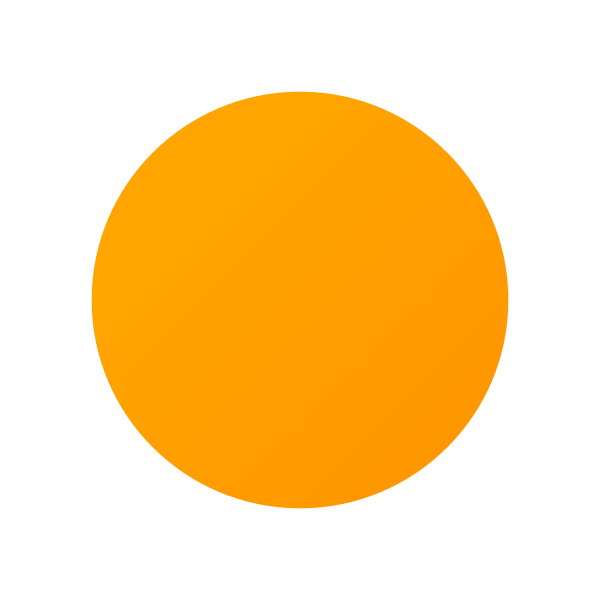
Did You Know? Intriguing Sun Facts
- —The sun is actually white, not yellow.
- —It takes 8 minutes for sunlight to reach Earth.
- —The sun accounts for 99.86% of the mass in our solar system.
- —Solar flares can cause auroras on Earth.
Daily Sun Facts
Solar Image Gallery
Sunset Forecasts
Solar Science Articles
Sun Tracking Tool
Community Forums
Explore the Sun in 4 Easy Steps

Embrace the Wonder of Sunsets
Illuminating Solar Knowledge
Horizon Glow is shedding light on the fascinating world of our nearest star.

Journey to the Sun's Core
Explore the intense conditions at the heart of our star and how it powers life on Earth.
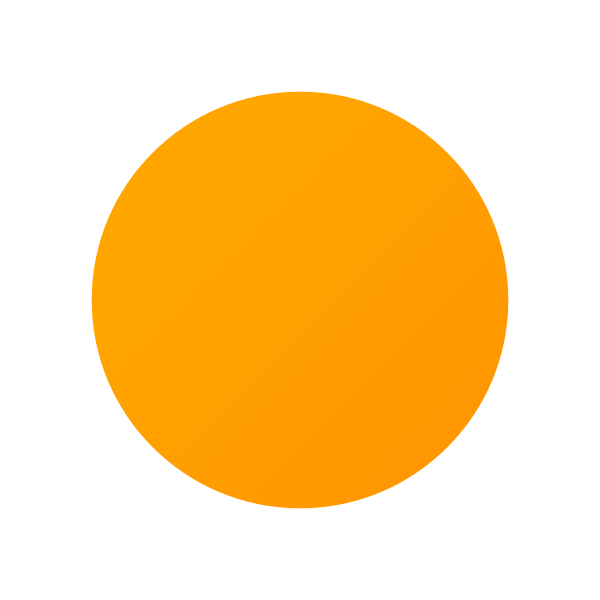
The Power of Solar Flares
Understand these massive eruptions and their effects on Earth and space technology.
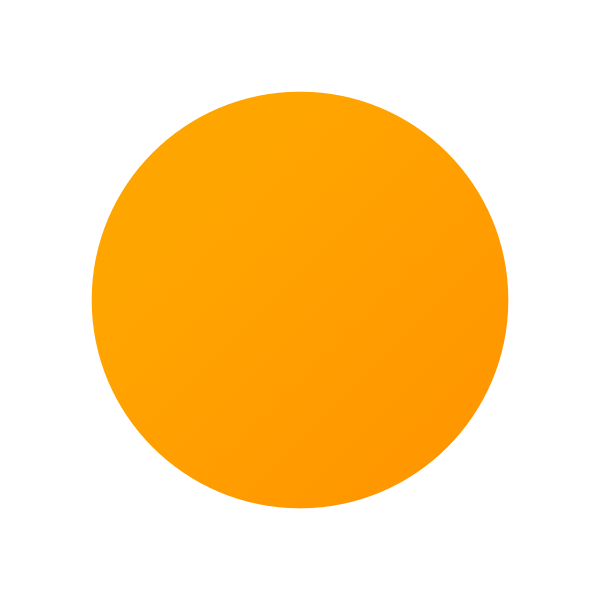
The Science Behind Stunning Sunsets
Discover the atmospheric conditions that create breathtaking evening skies.
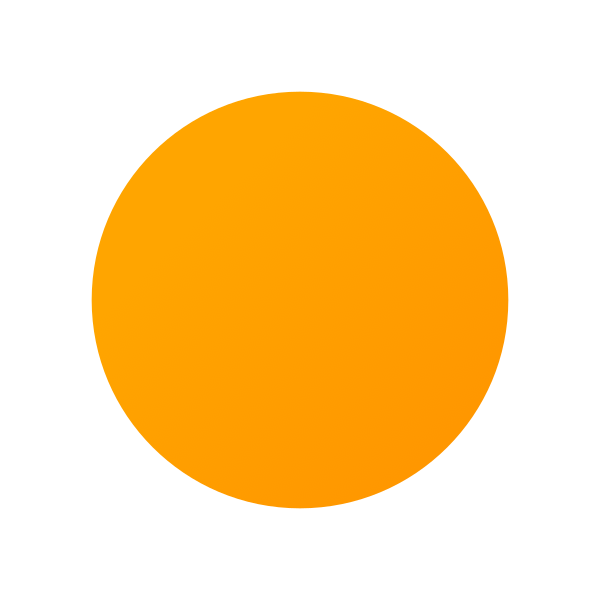
Sun Worship Through History
Explore how different cultures have revered and celebrated the sun throughout time.
Illuminating Solar Knowledge
Horizon Glow is shedding light on the fascinating world of our nearest star.

Journey to the Sun's Core
Explore the intense conditions at the heart of our star and how it powers life on Earth.

The Power of Solar Flares
Understand these massive eruptions and their effects on Earth and space technology.

The Science Behind Stunning Sunsets
Discover the atmospheric conditions that create breathtaking evening skies.

Sun Worship Through History
Explore how different cultures have revered and celebrated the sun throughout time.
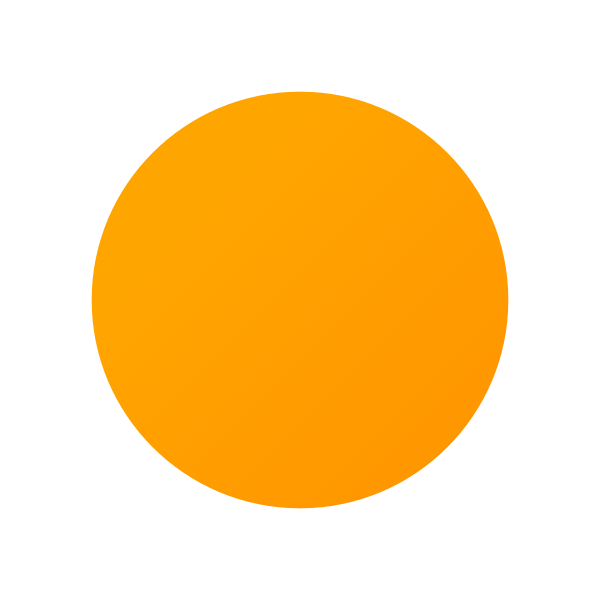
The Sun by the Numbers
Our star is a cosmic wonder, influencing life on Earth in countless ways. These statistics offer a glimpse into the sun's immense power and importance.
1.3 million
Earths Could Fit Inside the Sun
27 million°F
Temperature at the Sun's Core
8 minutes
For Sunlight to Reach Earth
4.6 billion
Years the Sun Has Been Shining
Uncover Solar Mysteries
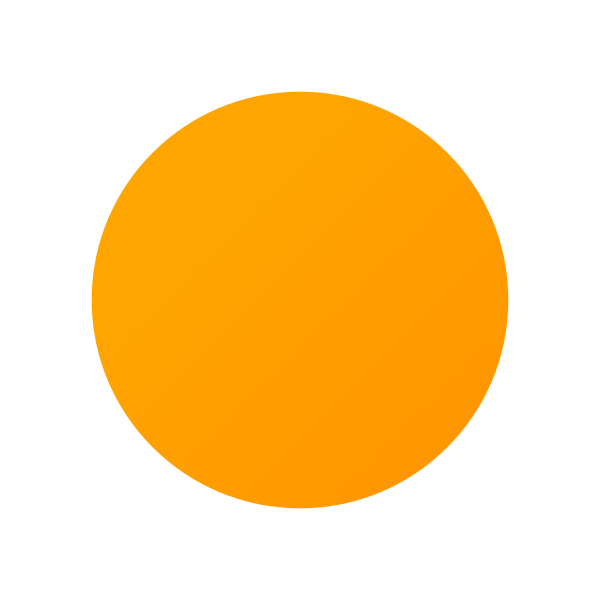
What Our Sun Enthusiasts Say
"Horizon Glow has transformed my sunset photography. The in-depth articles on light refraction and atmospheric conditions have given me a new perspective on capturing the perfect golden hour shot."
Sarah, Professional Photographer
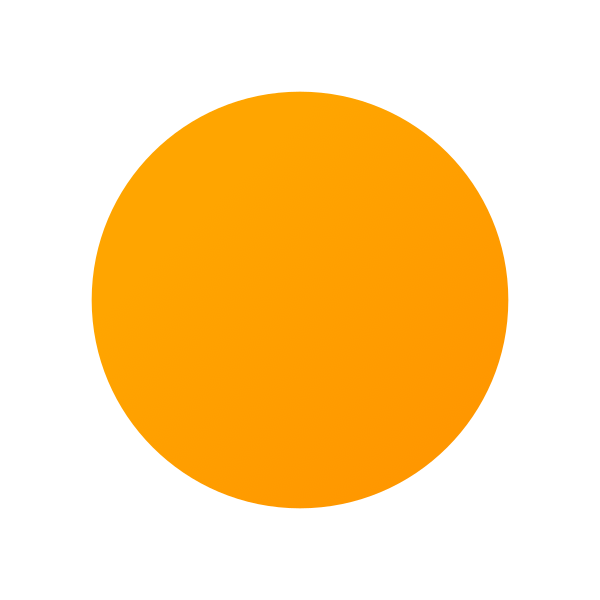
1,248 Verified 5-star reviews
A Daily Dose of Sunshine
Horizon Glow has become my go-to source for fascinating sun facts. Every day, I learn something new about our incredible star. It's a bright spot in my daily routine!
Sun Enthusiast, Age 42
Illuminating Content
The depth of knowledge on Horizon Glow is impressive. From solar flares to the chemistry of sunsets, they cover it all. It's a treasure trove for anyone curious about our sun.
Amateur Astronomer, Age 35
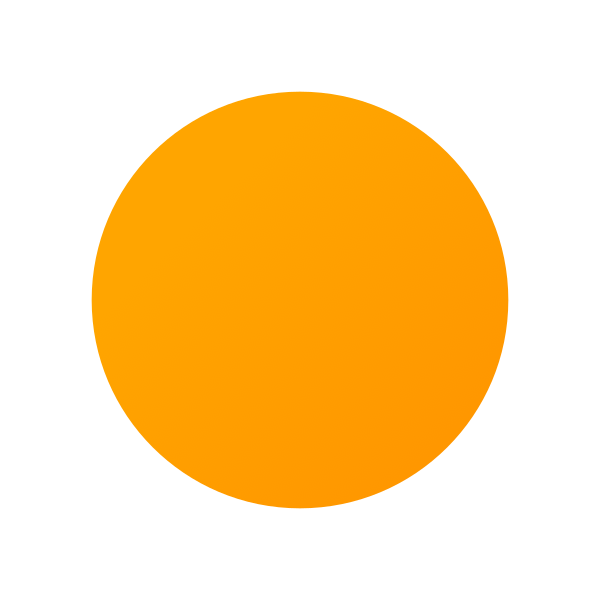
Explore the Wonders of Our Star
Discover why sun enthusiasts trust Horizon Glow for the most fascinating solar facts and stunning imagery. Join our community of star gazers and science lovers.

